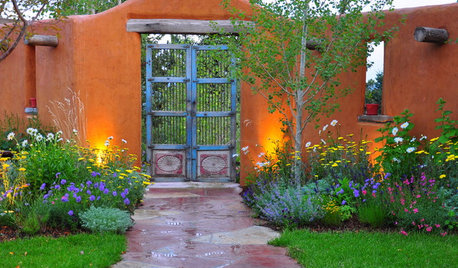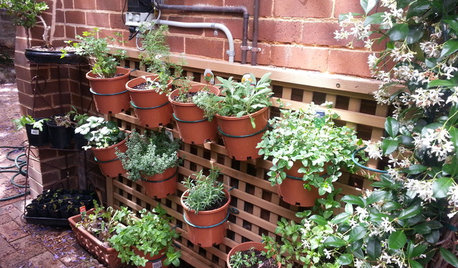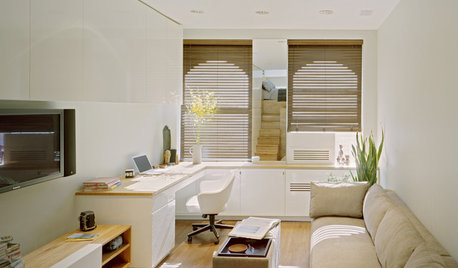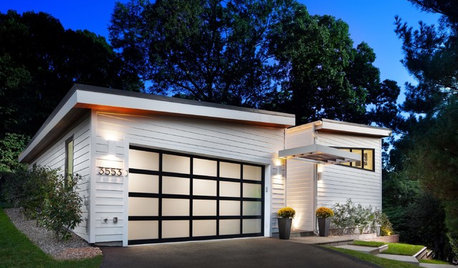Aeroponics and Hydroponics - I need the basics
Aeropon00b
12 years ago
Related Stories

GARDENING GUIDESLush, Foodie Abundance in a Small Urban Garden
This modest backyard garden provides its owner with fruit and vegetables all year round, thanks to an innovative low-maintenance approach
Full Story
FARM YOUR YARDHow to Grow Vegetables in Containers
Get glorious vegetables and fruits on your patio with a pro’s guidance — including his personal recipe for potting mix
Full Story
GARDENING AND LANDSCAPINGHow to Pick a Nice Wall for Your Garden Room
Made by hand, prefab or growing from the ground, garden walls are key landscaping elements. Here's what to think about for your yard
Full Story
LANDSCAPE DESIGNNatural Swimming Pools: More Beauty, No Chemicals
Keep your skin and the environment healthy with a pool that cleans itself, naturally
Full Story
FARM YOUR YARD14 Crazy Places to Grow Edibles
Some Houzzers may lack ground for gardening, but they’re never short on imagination
Full Story
SMALL HOMESCan You Live a Full Life in 220 Square Feet?
Adjusting mind-sets along with furniture may be the key to happiness for tiny-home dwellers
Full Story
LAUNDRY ROOMSHouzz Call: Show Us Your Wonderfully Efficient Laundry Room
Got a drying rack, a folding table or clever storage in your laundry room? We want to see it!
Full Story
FLOORSIs Radiant Heating or Cooling Right for You?
Questions to ask before you go for one of these temperature systems in your floors or walls (yes, walls)
Full Story
GARAGESKey Measurements for the Perfect Garage
Get the dimensions that will let you fit one or more cars in your garage, plus storage and other needs
Full Story
GARDENING GUIDESWhat Are Your Spring Gardening Plans?
Tearing out the lawn? Planting edibles? Starting from scratch? Tell us what you plan to change in your garden this year
Full StoryMore Discussions







ethnobotany
ethnobotany
Related Professionals
Barrington Hills Landscape Architects & Landscape Designers · Essex Landscape Architects & Landscape Designers · Horsham Landscape Architects & Landscape Designers · South Elgin Landscape Architects & Landscape Designers · Willowick Landscape Architects & Landscape Designers · Brentwood Landscape Contractors · Fort Mill Landscape Contractors · Hawaii Landscape Contractors · Kailua Landscape Contractors · Lynchburg Landscape Contractors · Plymouth Landscape Contractors · Pompano Beach Landscape Contractors · Vineyard Landscape Contractors · Wallingford Landscape Contractors · Greenfield Landscape Contractors